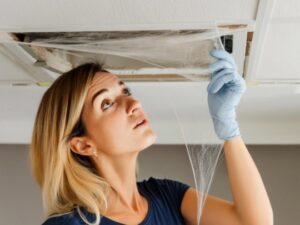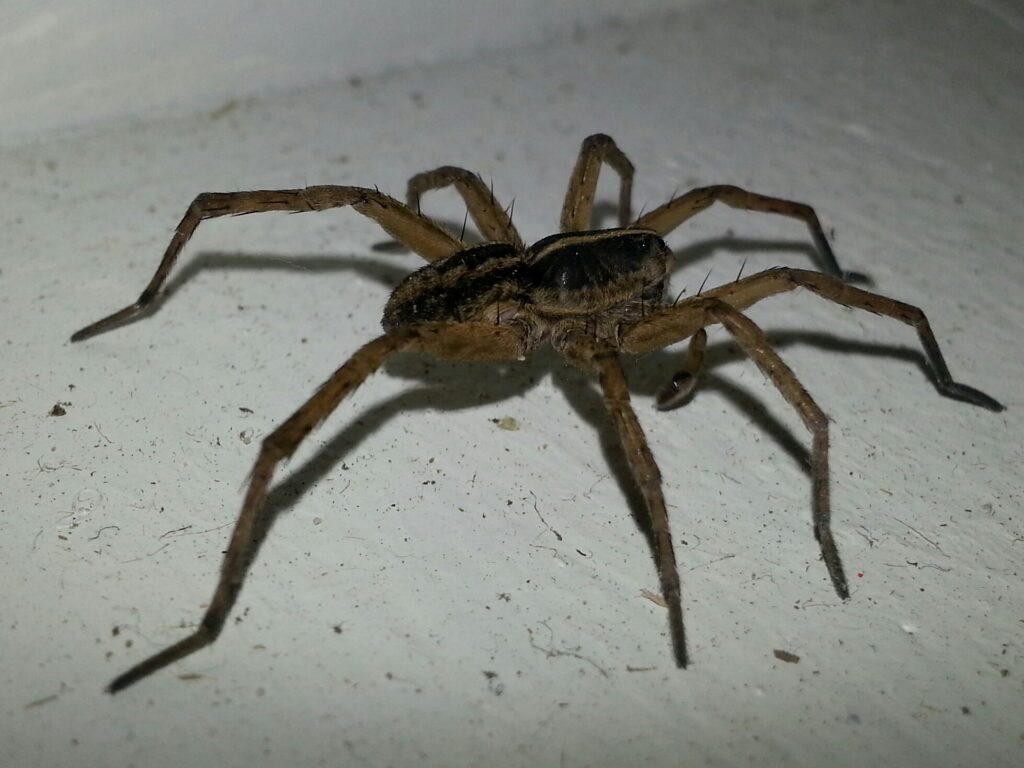 When considering the sanctity of your home, the presence of unwelcome eight-legged guests can disturb the comfort you've cherished. Spider pest control in Kitchener becomes a pivotal concern for homeowners who value a safe and serene domestic haven. Understanding the gravity of a potential spider infestation, our Truly Nolen team prioritizes the well-being of your family and home environment with trusted and environmentally-conscious methods. Reliable insights on how to get rid of spider sacs and proactive measures to prevent their formation are part and parcel of our protective strategies.
This meticulous strategy guarantees the protection of your living areas from unwanted intrusions, promoting a tranquil environment and a reassuring sense of security. Our adept handling of such delicate scenarios underscores our steadfast dedication to upholding the sanctity of your home.
When considering the sanctity of your home, the presence of unwelcome eight-legged guests can disturb the comfort you've cherished. Spider pest control in Kitchener becomes a pivotal concern for homeowners who value a safe and serene domestic haven. Understanding the gravity of a potential spider infestation, our Truly Nolen team prioritizes the well-being of your family and home environment with trusted and environmentally-conscious methods. Reliable insights on how to get rid of spider sacs and proactive measures to prevent their formation are part and parcel of our protective strategies.
This meticulous strategy guarantees the protection of your living areas from unwanted intrusions, promoting a tranquil environment and a reassuring sense of security. Our adept handling of such delicate scenarios underscores our steadfast dedication to upholding the sanctity of your home.
Your Uninvited Eight-Legged Guests
Spiders are certainly fascinating creatures, yet their beauty is marred by their undesired reputation as pests. When they unwittingly traipse into our kitchens and living spaces, many homeowners find them more alarming than alluring. The thing is, spiders are more than just a minor nuisance; some species can pose serious health risks. In Kitchener, you might encounter several common spider species, like the Sac Spider, the Bold Jumping Spider, or the Long-legged Cellar Spider. Recognizing what species you’re dealing with can be a crucial step in ensuring you efficiently manage and eliminate the infestation. Sac Spiders During the fall season, Sac Spiders, with their noticeable golden-yellow coloration, are frequently observed. As the weather cools down and seasons shift, these spiders tend to seek shelter indoors to escape the changing conditions. Their bright hue stands out, creating a pop of color against the typical autumn backdrop. Despite their small size, Sac Spiders can draw attention with their radiant appearance as they move around indoor areas in quest of a safe haven. Bold Jumping Spider Distinguished by its black colouring adorned with two distinct white stripes on its face, is a commonly sighted arachnid. These spiders are known to frequent walls and fences in search of prey. Their prominent colour contrast and unique facial markings make them easily recognizable as they navigate their surroundings, showcasing their agility and hunting prowess. Keep an eye out for these dynamic spiders as they move swiftly and purposefully, utilizing their keen senses to locate and capture their next meal. Long-legged Cellar Spider Commonly referred to as 'daddy long-legs,' this spider sports a light yellow hue and is recognized for its elongated, slender legs that justify its name. Familiarizing yourself with the distinctive colour, size, and behaviours of these spiders is essential for distinguishing them and effectively managing any concerns that may arise. By being able to identify these characteristics, you can promptly and accurately address any encounters with these creatures, ensuring a proactive approach to handling potential encounters in your living spaces.Pest Prevention Starts With Understanding
The best form of spider control is prevention. To protect your beloved home from becoming a spider haven, understanding their environment and the circumstances that lead them there is key. Spiders enter homes in search of food, mates, warmth, or shelter. Your living spaces provide a haven for various insects, making them prime spider real estate. Figuring out how to make your property less attractive can therefore reduce the possibility of an infestation. Start by keeping your home clean and clutter-free. Regular vacuuming and sweeping can remove the tiny prey that spiders chase, and dusting keeps cobwebs from becoming established. Seal off entry points by repairing cracks, installing weatherstripping, and securing window screens. Also, remember that changing the yellow "bug" light outside your door and window is not only environmentally friendly; it'll also attract fewer insects—therefore deterring fewer spiders.

